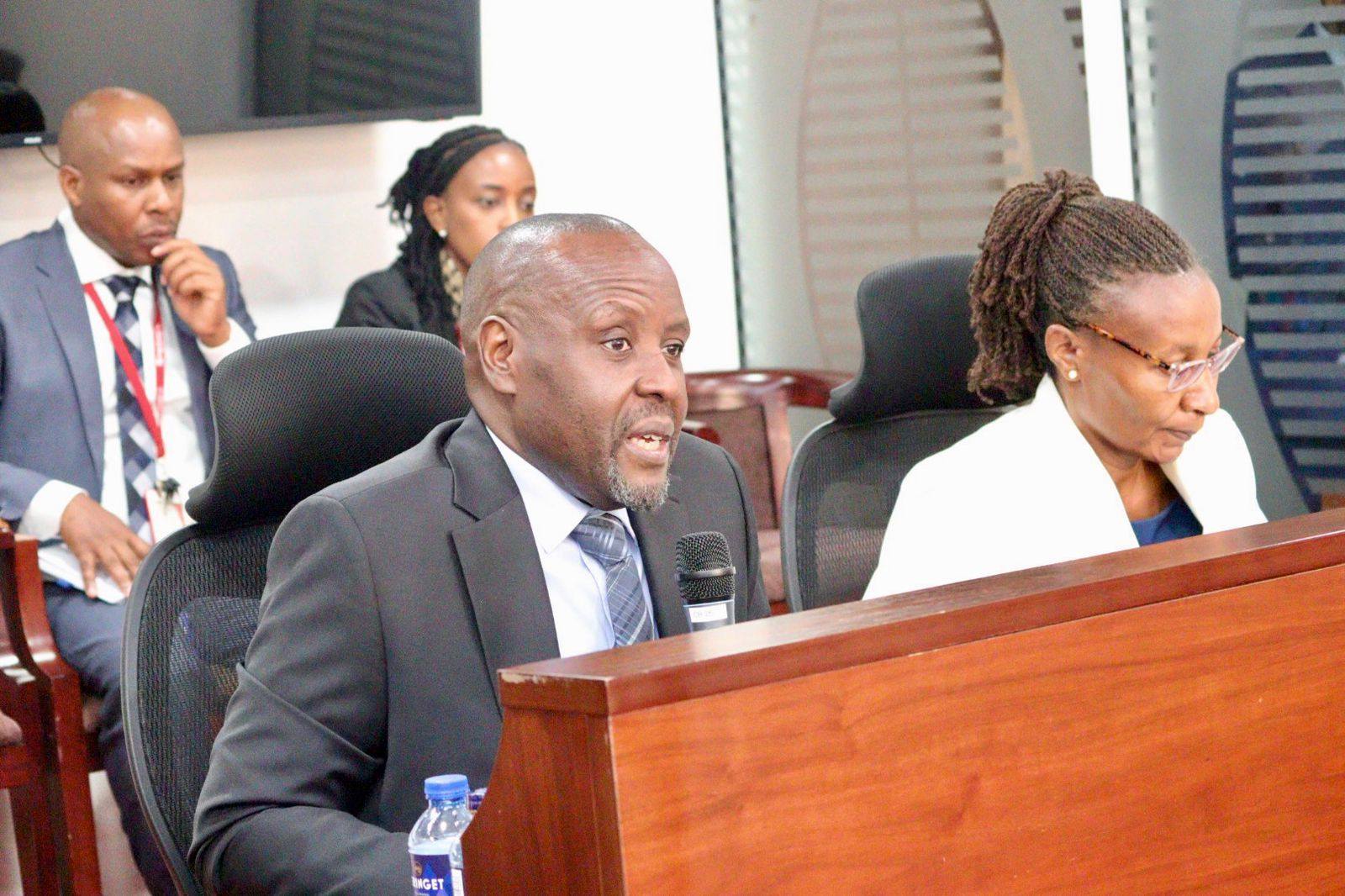Kenya Airways’ ambitious bid to become a top global airline has been laid bare in Parliament as a major financial debacle that continues to drain public coffers.
A parliamentary investigation has detailed how the national carrier’s Sh387 billion expansion strategy, known as Project Mawingu, crumbled under the weight of heavy borrowing, mismanagement, and unforeseen crises, leaving taxpayers with a massive debt burden.
Appearing before the National Assembly Committee on Public Debt and Privatization, Kenya Airways chief executive officer Allan Kilavuka gave a detailed account of how the 2012 expansion plan aimed at transforming the airline into Africa’s leading carrier by 2021 turned into one of the country’s most costly corporate failures.
The plan, alongside later strategies codenamed Safari and Kifaru, was built around aggressive fleet expansion and route growth but eventually collapsed as financial pressures mounted.
“The idea of Project Mawingu was to increase the fleet of the airline from 31 passenger aircraft then and to expand that to 107 passenger aircraft, which is obviously almost more than three times the growth and also 12 freighters to support cargo. To do that, the airline needed about $3 billion (Sh387bn),” Kilavuka said on Tuesday.
The committee heard that the government has had to repay billions of shillings on guaranteed loans to keep the airline afloat.
Data presented showed that about $167 million (Sh21.58 billion) owed to ten local banks was converted into equity, giving the lenders a 38 per cent shareholding in the airline. A portion of the debt remained outstanding and was later cleared by the government in January.
Lawmakers, led by Kinangop MP Kwenya Thuku, questioned the loan-to-equity conversion that gave banks such a significant stake in KQ.
“And I wish to know how much loan in total they have advanced to KQ, and this 38 per cent is equivalent to how much that was converted. Because I see again in your presentation the intervention from 2017 to 2019, the government of Kenya again paid the banks Sh17 billion,” Kwenya said.
He argued that the valuation that informed the conversion undervalued government and shareholder interests, calling for scrutiny of how asset values were determined during restructuring.
Nyaribari Masaba MP Daniel Maduku pressed for answers on how the airline plans to repay Kenyans the Sh70 billion injected into its operations, noting that timelines remain unclear and the taxpayer continues to bear the weight.
During the session chaired by Balambala MP Abdi Shurie, it was revealed that in the 2023/24 financial year, the National Treasury disbursed Sh14.3 billion to service the Exim Bank USA/PEFCO loan, followed by Sh13.18 billion in 2024/25.
An additional Sh17.96 billion is projected for 2025/26 under the same facility. In the current financial year, the government also covered Sh19.69 billion in working capital loans secured from local banks but guaranteed by the State.
Kilavuka explained that the collapse of Project Mawingu marked the beginning of KQ’s financial troubles.
He attributed the failure to a series of setbacks including a slump in tourist numbers due to terrorism advisories in 2013, the fire at Jomo Kenyatta International Airport in the same year that cost the airline USD4 million, and the Ebola outbreak in West Africa in 2014.
He added that delays in the delivery of B787 aircraft forced the airline to acquire B777 planes as temporary substitutes, which were larger and more expensive to operate.
“The delayed delivery of B787 aircraft whose entry into service per Project Mawingu plan was in 2013/14 but were delivered in 2014/2015 led to the sourcing of alternatives aircraft (B777) where 2 were delivered in 2013/2014, a much larger and more expensive alternative. This resulted in high fleet operational and maintenance costs,” he told the committee.
Lawmakers also questioned the settlement of Sh19.69 billion in loans owed to local banks. Kilavuka clarified that the government cleared the amount in January 2025 after the airline failed to service the debt due to cash flow constraints brought on by the COVID-19 pandemic.
“KQ could not settle this debt due to cashflow pressure attributed to the impact of COVID-19 pandemic. A shareholder loan agreement between GoK and KQ is currently being finalized and should be signed within the next about two months,” he said.
Committee chair Abdi Shurie sought assurances on how KQ is complying with the Public Finance Management Act.
In response, Kilavuka said all government disbursements to the airline since 2020 are secured through shareholder loan agreements, complete with repayment schedules, and that the airline is committed to meeting its obligations.
